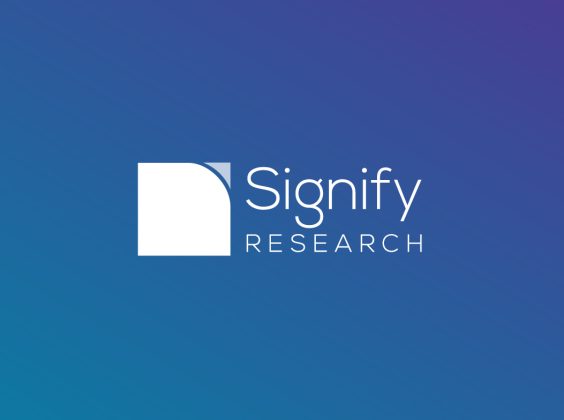
This show report presents the views from Signify Research’s analyst team attending this years 25th European Congress of Radiology Show (ECR) in Vienna.
Within this show special we discuss
- Unlocking the Value of AI in Medical Imaging
- Adding Value in the Market for Premium Radiography Equipment
- Focusing the Lens on Personalised Breast Imaging in Europe
- Is Europe Ready for Operational Workflow in Radiology?